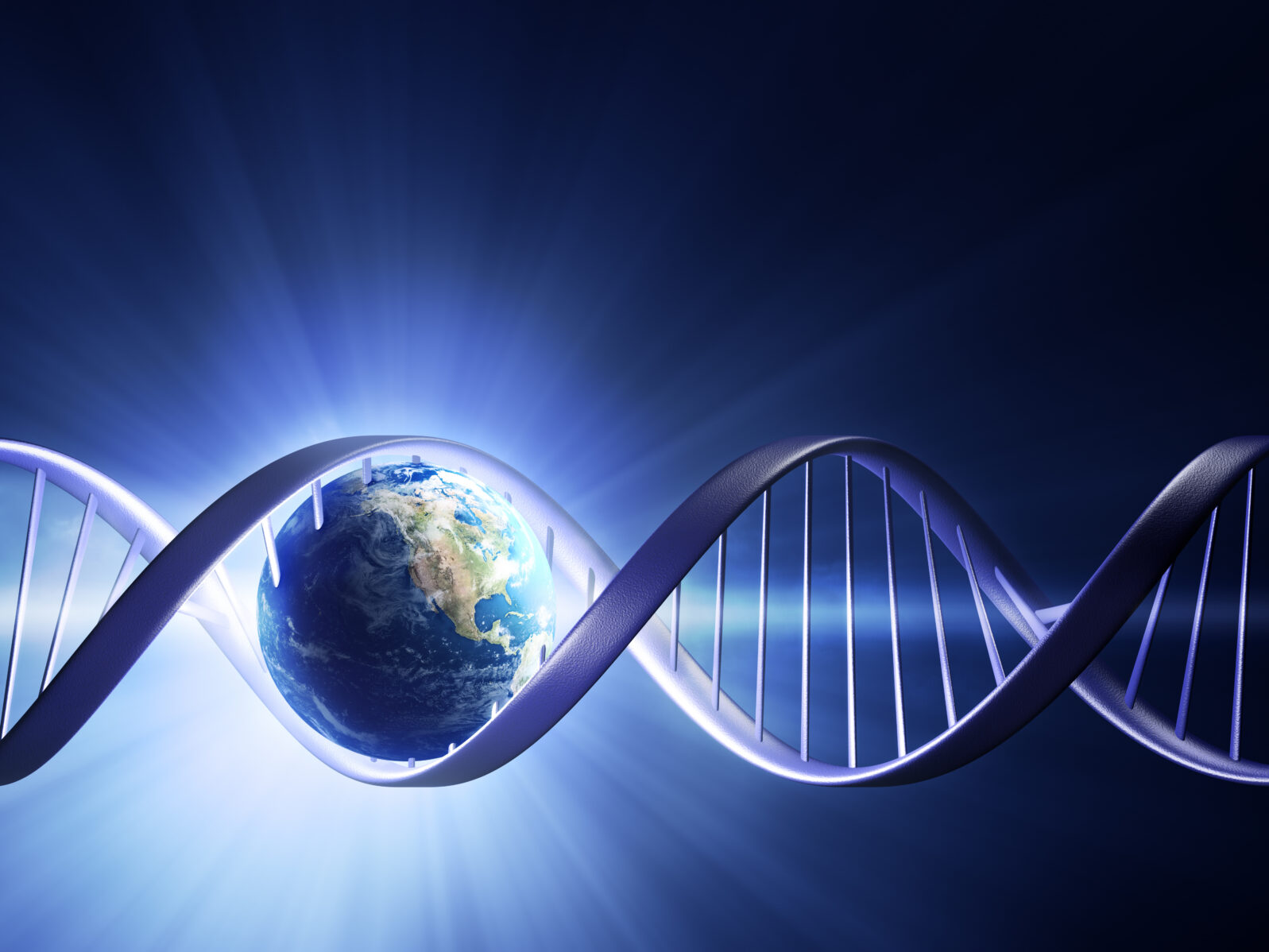Has a Computer Algorithm Discovered the Secret of Life?
In the past, a curious pattern wouldn’t have been visible due to the lack of computing resources
Artificial intelligence has enabled a remarkable level of automation of chemistry, with great benefits to us all. Once upon a time there was a multivolume Beilstein’s Handbook of Organic Chemistry, but it is now an online database.
Biochemist Fazale Rana (pictured) tells us that, because so much has been discovered about the chemistry of the world we live in, “Learning to master Beilstein’s Handbook is no easy task. In fact, there are textbooks devoted to teaching chemists how to use this massive database effectively.”
So putting Beilstein online doesn’t make it a walk in the park but does make it computable. And some have started computing around the origin of life.
Origin of life studies have been hampered by the fact that, most often, the researcher is identifying a single, comparatively simple idea, whether it is RNA world or hydrothermal vents, that is supposed to make all the difference. But nothing ties the researcher’s favored idea into the thousands of other factors is any systematic way.
Could Big Data, which can factor in millions of pieces of information, help? Rana tells us that the Polish Academy of Sciences has developed a computer algorithm called Alchemy that came up with some “rather intriguing results”:
This work also shows that, in principle, complex chemical mixtures can give rise to some interesting emergent features that have bearing on chemical evolution and the rise of the chemical complexity and organization required for the origin of life. Nevertheless, we are still a far distance from arriving at any real understanding as to how life could have emerged through evolutionary processes.
Fazale Rana, “Have Researchers Developed a Computer Algorithm that Explains the Origin of Life?” at Reasons to Believe
The reason the Beilstein model doesn’t directly answer the question of how life began is that, while it can generate many possibilities, it can’t tell us what the conditions really were. It offers possible models. And just as a map is not the territory, a model is not reality.
Rana goes on to point out that in the real world, chemical assortments must cope with, for example, unfriendly external atmosphere, toxic concentrations, kinetic effects, and the availability of energy sources. Any failure could prevent further development.
However, he notes, the massive computer crunch did turn up something quite interesting: A pattern that played itself out repeatedly, which suggests that chemistry might be rigged to produce life:
As a case in point, it is provocative that the 82 biotic compounds which formed—a small fraction of the nearly 37,000 compounds generated by the in silico reactions—all share a suite of physicochemical properties that make these compounds unusually stable and relatively unreactive. These qualities cause these materials to persist in the prebiotic setting. It is also intriguing that these 82 compounds display synthetic redundancy, with the capability of being generated by several distinct chemical routes. It is also fortuitous that these compounds possess the just-right set of properties—many of which overlap with the set of properties that distinguish them from the vast number of abiotic compounds—that make them ideally suited to survive on early Earth and useful as building block materials for life.
In other words, there appear to be constraints on prebiotic chemistry that inevitably lead to the production of key biotic molecules with the just-right properties that make them unusually stable and ideally suited for life. This remarkable coincidence is a bit “suspicious” and highly fortuitous, suggesting a fitness for purpose to the nature of prebiotic chemistry. To put it another way: There is an apparent teleology to prebiotic chemistry. It appears that the laws of physics and chemistry may well have been rigged at the outset to ensure that life’s building blocks naturally emerged under the conditions of early Earth. Could it be that this coincidence reflects the fact that a Mind is behind it all?
Fazale Rana, “Have Researchers Developed a Computer Algorithm that Explains the Origin of Life?” at Reasons to Believe
Rana writes from a Christian perspective but persons of many faiths, including panpsychists, might be comfortable with the idea that chemistry is fine-tuned to produce life. So it is not really just an accident after all.
In the past, the pattern spotted wouldn’t have been visible due to the lack of computing resources.
You may also enjoy: Elon Musk tweet shows why many doubt origin of life studies. Musk was talking about the origin of machines, not life, but the principle is, perhaps surprisingly, the same. (Jonathan Bartlett)
and
To what extent does life simply invent itself as it goes along. The evidence may surprise us. (Eric Holloway)
